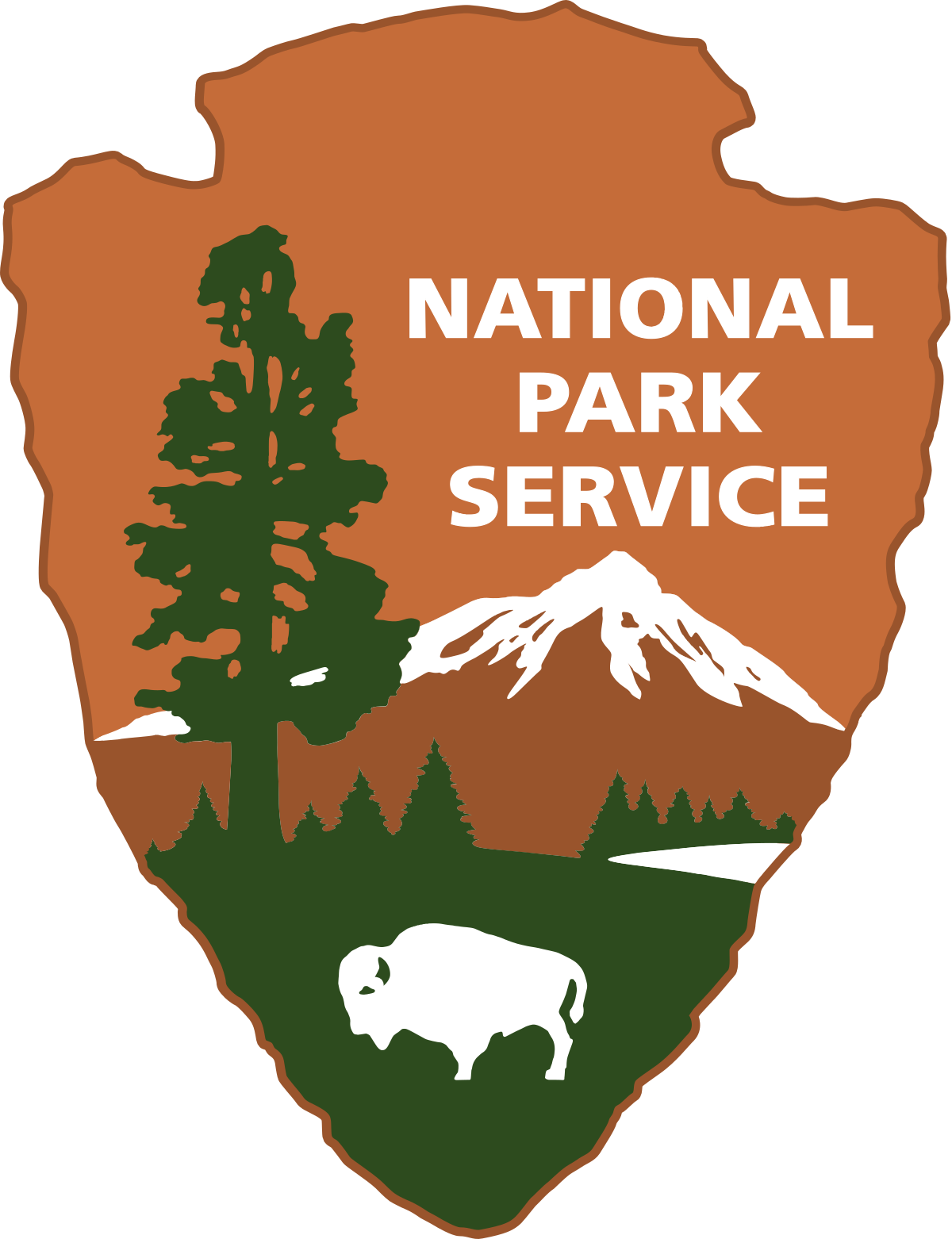
Taking the pulse of US national parks
Collection Editors
Erin Shanahan, Rebecca Weissinger, Nina Chambers, Sonya Daw, Matthew Lavin, Brian SmithersViews
350,291 viewsParticipating Sections
Submission Deadline
Closed
Articles

Biodiversity
24/11/2022
Millions of Monarch Butterflies and the Quest to...
Authors
Sophie Phillips, Martha Merson, Louise C. Allen, Nickolay I...
Biodiversity
16/11/2022
Do Not Croak! A Story of Surviving Yellowstone’s...
Authors
Jana Cram, Ashelee Rasmussen, Debra Patla, Andrew Ray...
Biodiversity
11/11/2022
Mangrove Madness: What Are Mangroves and Why Do...
Authors
Kevin R. T. Whelan, Michelle C. Prats
Biodiversity
09/11/2022
Diversity and Disturbance: How Mussels and Sea...
Authors
Elliot Hendry, Karah N. Ammann, Eric C. Dinger
Biodiversity
09/11/2022
It Takes A Pack To Raise A Pup
Authors
Mathew Sorum, Jordan Pruszenski, Bridget L. Borg
Biodiversity
08/11/2022
Indicator Species Reveal Environmental Health
Authors
Sophie Phillips, Martha Merson, Nickolay I. Hristov, Louise...
Biodiversity
02/11/2022
Monitoring The Migrators: Tracking The Animals...
Authors
Thomas J. Rodhouse, Sonya Daw
Biodiversity
12/10/2022
The Mysterious Case of the Missing Razor Clams
Authors
Heather Coletti, Lizabeth Bowen, Brenda Ballachey, Tammy L...
Earth Sciences
12/10/2022
Where Land and Sea Meet: Brown Bears and Sea...
Authors
Heather Coletti, Grant Hilderbrand, James Bodkin, Brenda...
Biodiversity
15/09/2022
The Wild and Wonderful World of Stream Bugs
Authors
Trey Simmons, Eric C. Dinger, E. William Schweiger
Biodiversity
15/09/2022
How Healthy Is a Stream? Ask the Stream Bugs!
Authors
Eric C. Dinger, E. William Schweiger, Trey Simmons
Biodiversity
28/07/2022
What’s the Buzz About Native Bees?
Authors
Jessica Rykken
Earth Sciences
23/06/2022
Scientists Spy on Treefrogs Using Plastic Pipes...
Authors
Carolyn A. Carlson, Jane E. Carlson
Earth Sciences
22/06/2022
Permafrost and Draining Lakes in Arctic Alaska
Authors
David K. Swanson
Biodiversity
13/06/2022
Do Parks Help Forests?
Authors
John Paul Schmit, Kathryn Miller, Elizabeth R. Matthews...
Biodiversity
26/05/2022
Cracking The Mystery Of Crater Lake’s Unique Newts
Authors
Andrew M. Ray, Stephen F. Spear, Scott F. Girdner, David K...
Earth Sciences
21/05/2022
How Beavers Are Changing Arctic Landscapes and...
Authors
Jonathan A. O’Donnell, Michael P. Carey, Brett A. Poulin...
Earth Sciences
20/05/2022
Fish Ear Stones Offer Climate Change Clues In...
Authors
Krista K. Bartz, Vanessa R. von Biela, Bryan A. Black...
Earth Sciences
16/05/2022
Nutrients in Mountain Lakes: How Much Is too Much?
Authors
Andrea M. Heard, James O. Sickman, Linda S. Mutch
Biodiversity
04/05/2022
Trouble in the Forest: Whitebark Pine Trees...
Authors
Alzada Roche, Erin Shanahan, Jonathan Nesmith
Biodiversity
25/04/2022
A Recipe for Plant Diversity in Subarctic Alaska
Authors
Sarah E. Stehn, Carl A. Roland
Biodiversity
11/04/2022
The Recovery of the American Peregrine Falcon in...
Authors
David C. Payer, Melanie J. Flamme
Earth Sciences
07/04/2022
Two Degrees Matters
Authors
Pamela J. Sousanes, Ken Hill, David K. Swanson
Earth Sciences
17/12/2021
What Goes Up Must Come Down: The Influence of...
Authors
Kyle Joly
Biodiversity
01/12/2021
Eating While the Eating’s Good: How Fire Creates...
Authors
Sherry A. Leis, Carol E. Baldwin
Biodiversity
29/11/2021
Rising From the Ashes: The Role of Fires in...
Authors
Suzanne Sanders, Linda Mutch, Mark Wasser, Jennifer Barnes...
Earth Sciences
29/07/2021
When Nature Gets Thirsty
Authors
Rebecca H. Weissinger, David Thoma, Alice Wondrak BielAbout this collection

If you’ve ever had a medical check-up, did you wonder why they put a cuff around your forearm, gave it a squeeze, and made you sit still and quiet? Or why they asked you to open your mouth so they could stick a thermometer under your tongue? Or put that cold stethoscope against your chest while you took deep breaths followed by sticking a clothespin thingamabob on your finger? What’s up with all the gizmos and gadgets and why all the bother?
What’s up is that all of these instruments measure the conditions of some of the most important, life-supporting functions, or vital signs, which keep your carcass from becoming, well, a carcass. The squeezy cuff is reading your blood pressure, which indicates how strongly your blood is pumping through your pipes. The thermometer measures your core body temperature, which affects many chemical reactions in your body that supply energy for your cells. With a stethoscope, the swooshing sound of air moving in and out of your lungs can be listened to. And the clothespin doohickey tracks the amount of oxygen being carried by your blood. Vital signs are critical indicators of your body’s overall health. By tracking them as you grow and mature, these measurements can be used as a guide or reference point for when your body isn’t feeling all that great.
Now what does your blood pressure have to do with US National Parks? While human vital signs are important in evaluating your body’s health, ecological vital signs are indicators for measuring ecosystem health. An ecosystem is a community of living organisms like frogs, trees, or bacteria, and nonliving materials such as water, dirt, and rocks that are located together and interact on some level. In a healthy ecosystem, all of the living and nonliving members exist in a state of natural balance in harmony with their environment. When something new enters the community, say a strange weed or insect, or something in the environment shifts, such as the air temperature becoming warmer, the health of the ecosystem can be threatened. Monitoring ecological vital signs gives scientists a reference point or baseline of the natural condition and alerts them when there is a change. While a healthy ecosystem can continue to support all its members and adapt to change, sometimes changes are too great and members of the ecosystem become stressed and have a hard time keeping up.
Although US National Parks are some of the most protected areas on the planet, the ecological health of many of these carefully safeguarded lands is increasingly uncertain due to our rapidly changing global environment. Here we present a collection of articles about how we study and understand the health of park ecosystems by measuring and tracking the condition of ecological vital signs. This scientific data helps park managers protect the valued resources of our parks and lessen harmful impacts when change is inevitable.
Would you like to submit to this collection?
For researchers interested in submitting to this Collection, please consult our author guidelines and check that you have all the essentials included before submitting
Editorial Board
Collection Editors
Science Mentors

Stephanie Adamczak

Robert Al-Chokhachy

Erik Beever

Michael Carey

Maggie Chen

Robert Crabtree

Louise Alissa De Morais

Robert Diehl

Beth Fallon

Asaf Gal

Robert Gresswell

Jeffrey Hicke

Chas Jones

Kelly Kerr

Benjamin LaFrance

Geoffrey Nelson

Jonathan O'Donnell

Salza Palpurina

Brett Poulin

Allison Ray

Andrew Ray

Desi Robertson-Thompson

Hillary Robison

Thomas Rodhouse

Victoria Saab

Joyce Sakamoto

Christa Seidl

Carla Sette

Erin Shanahan

Matt Shinderman

Indramohan Singh

Varsha Singh

Anthony Slominski

Brian Smithers

Nejc Stopnisek

Mike Tercek

David Thoma

Michael Ulyshen

Miguel Villarreal

Sheree Watson

Joan West




